Vampire and the Pauper II: The carefree are saving the planet
“You see? No villains needed. Just movers to a quieter neighborhood” — paraphrasing Schelling’s algorithmic indifference

Purgatory Between the Clusters
In the previous post, we saw how charitable impulses from the rich can be cultivated through shared living and proximity — but also how even an innocent desire for “just 30% of people like me” leads to the stark digital hell of urban segregation.
We turned to cellular automata — simple grid-based simulations that reveal how individual choices, even without malice, can give rise to large-scale social segregation. Originally used by Schelling to model neighborhood dynamics, these models now help us understand the fragile balance between integration, clustering, and the silent power of tolerance. In the model, each cell represents a housing unit occupied by an agent from one of two groups, and agents decide whether to stay or relocate based on the proportion of similar agents within their defined neighborhood — a decision driven by a tolerance threshold F.
But now, thanks to Hatna & Benenson (2014), we peek into a third space — a place beyond binary. Not integration. Not full segregation.
A mixed pattern.
A patchwork of peace and tension.
Modeling Urban Tolerance (with Math and Pain)
Hatna & Benenson expanded the classic Schelling segregation model by adding one simple thing: diverse tolerance thresholds. Now, each agent (blue or green) chooses a new place based not only on neighborhood composition — they do so with varying levels of how much difference they can stand. Some don’t care at all (F = 0). Others can only sleep if 90% of their neighbors are just like them (F = 22/24).
They ran simulations. A lot of them.
And what emerged was surprising.
Three areas emerged naturally:
- 🟦 Homogeneous patches (for high-F agents)
- 🟩 Integrated zones (for low-F agents)
- ⛓ Transitional boundaries (held by the tolerant)
And these weren’t fleeting. These patterns were stable, self-organized, and resistant to changes in parameters like grid size, migration rate, or group size.
Real cities often reflect the same hybrid structure: ghettos, buffer neighborhoods, and rare zones of peaceful coexistence.
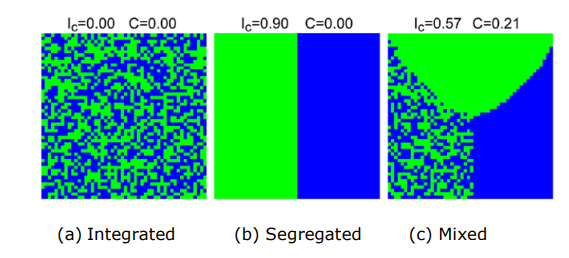
Numbers Behind the Moral
To measure this, the authors used three key indices:
- IC (segregation by color)
- IT (segregation by tolerance)
- C (degree of “mixed-ness”)
The model showed:
- Even when 30–40% of agents are highly intolerant, a critical mass of tolerant agents (20–30%) is enough to stabilize mixed coexistence.
- These tolerant agents form “safe” zones that hold the line.
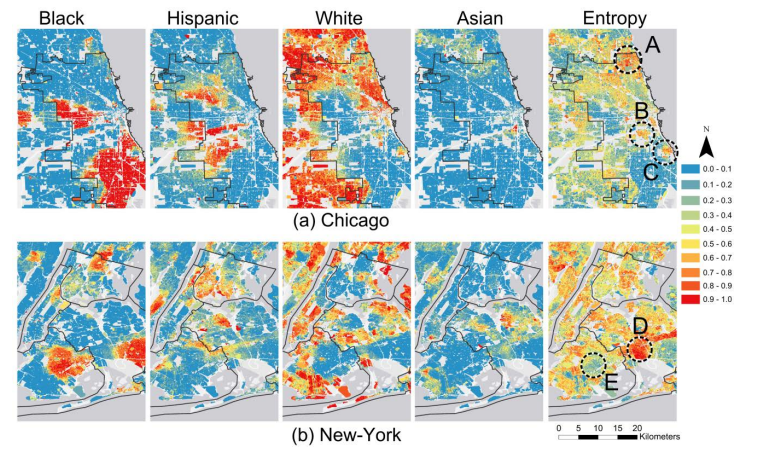
So… Who Are You in the Model?
The cruel brilliance of Schelling’s framework is that no one is malicious. Everyone is just… “slightly selective.” And yet entire cities split like oil and water.
This newer model adds the hope — and burden — of agency:
If you’re tolerant, your presence matters. Not passively — actively.
The tolerant are not the background of the city.
They are the structural glue that keeps it from fragmenting.
“Tolerance is not just absence of hatred.
It is refusal to abandon the boundary.”
We comfort ourselves with slogans and slogans about diversity.
But what if diversity isn’t a poster, but a cost?
What if real diversity means holding the line in the noisy hallway,
…not just posting about it?
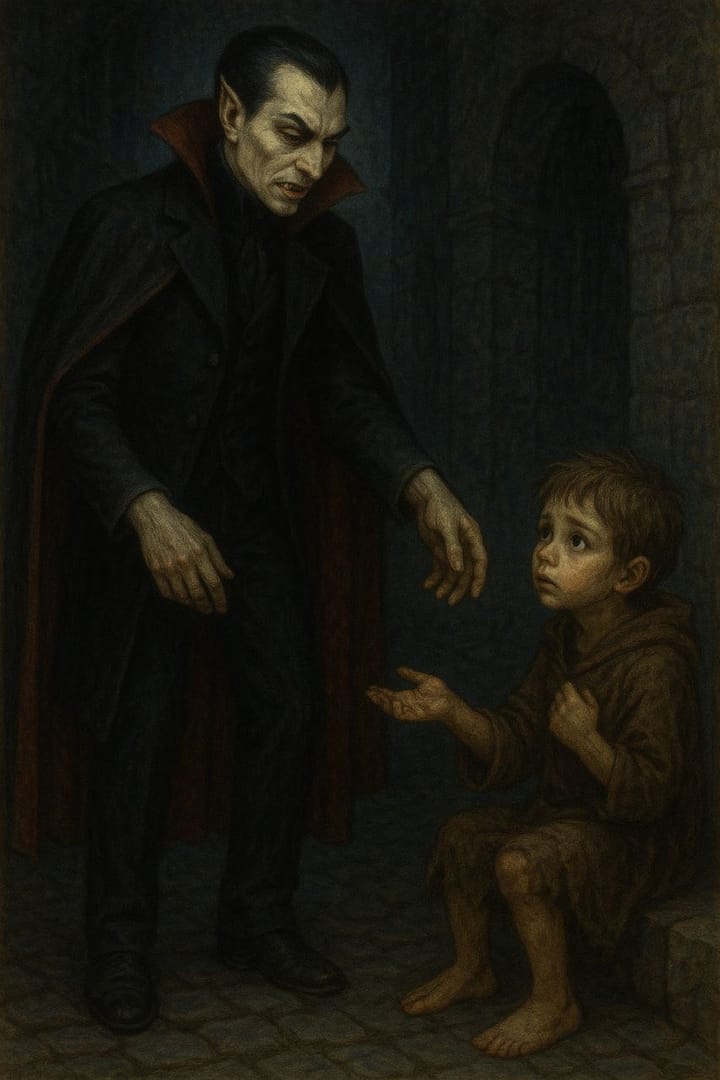
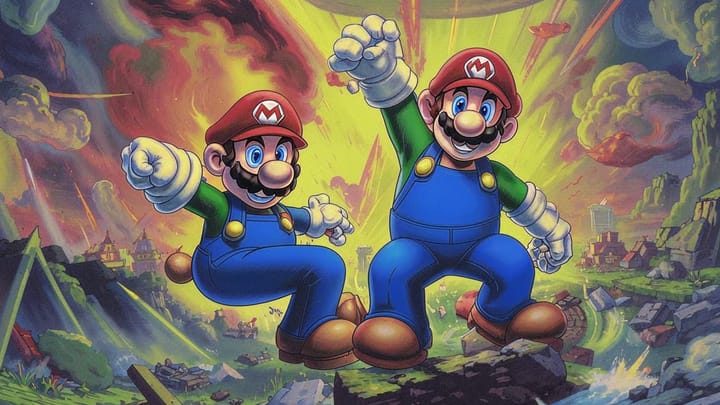
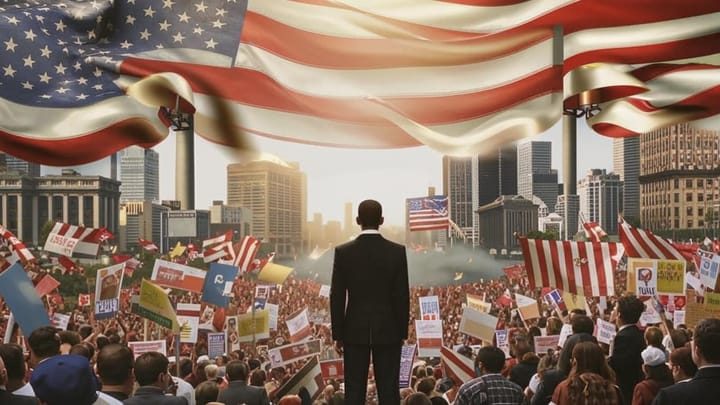
Comments ()